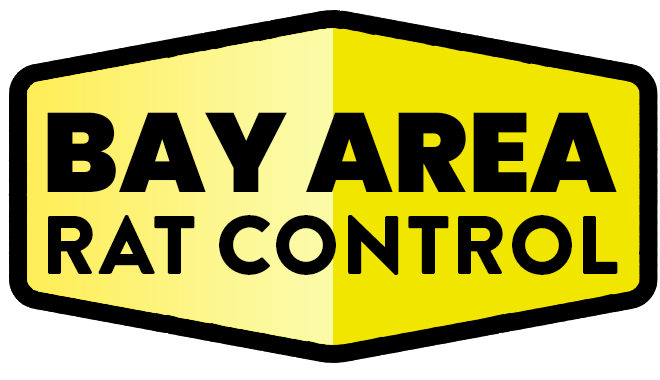Opening Thoughts
Dealing with a rat infestation can expose you to health risks from diseases, bacteria, and allergens carried by rats and their waste. Personal protective equipment (PPE) is essential to ensure your safety during cleanup, trapping, or removal. This guide provides a comprehensive overview of the necessary PPE and best practices for handling rat infestations safely.
Why PPE Is Crucial
1. Protection Against Diseases
- Rats are known carriers of diseases like leptospirosis, hantavirus, and salmonella.
- Direct contact with rats, droppings, or contaminated surfaces can pose serious health risks.
2. Shield from Allergens
- Rat fur, dander, and droppings can trigger allergic reactions in sensitive individuals.
- PPE minimizes exposure to airborne allergens during cleanup.
3. Prevents Physical Injury
- Handling traps, sharp objects, or rat carcasses can result in cuts or punctures, increasing the risk of infection.
Essential Personal Protective Equipment
1. Gloves
- Material: Choose heavy-duty, puncture-resistant gloves for handling traps and carcasses.
- Usage:
- Wear disposable latex or nitrile gloves for cleaning and disinfecting.
- Double-glove when dealing with high-risk situations, such as handling rat nests.
2. Respirators or Masks
- Types:
- Use N95 or P100 respirators to filter airborne particles, including dust and allergens.
- Avoid basic cloth masks, as they do not provide adequate protection.
- Usage:
- Essential for cleaning areas with droppings or nesting materials.
- Prevents inhalation of harmful particles that may carry viruses like hantavirus.
3. Eye Protection
- Types:
- Safety goggles or face shields protect against splashes during cleaning.
- Usage:
- Recommended when using disinfectants or dealing with potential splatter from disturbed nesting materials.
4. Protective Clothing
- Types:
- Wear disposable coveralls or long-sleeved clothing to protect skin.
- Use shoe covers to prevent tracking contaminants through your home.
- Usage:
- Discard disposable clothing after use or wash reusable items in hot water with detergent.
5. Footwear
- Types:
- Use closed-toe, non-slip shoes with a protective cover.
- Usage:
- Avoid wearing porous footwear like cloth sneakers, as they can absorb contaminants.
Best Practices for Using PPE
1. Before the Task
- Inspect PPE for damage or wear and replace as necessary.
- Gather all required tools and disinfectants to avoid unnecessary movement during cleanup.
2. During the Task
- Avoid touching your face or other surfaces while wearing PPE.
- Handle traps and carcasses carefully to minimize splatter or contact with contaminants.
3. After the Task
- Remove PPE carefully to prevent cross-contamination:
- Remove gloves last to avoid touching your skin with contaminated hands.
- Dispose of single-use items in sealed plastic bags.
- Wash your hands thoroughly with soap and water after removing PPE.
Cleaning and Disinfecting After Rat Removal
Step 1: Ventilate the Area
- Open windows and doors for at least 30 minutes before starting cleanup.
- Avoid sweeping or vacuuming droppings, as this can release harmful particles into the air.
Step 2: Apply Disinfectant
- Use EPA-approved disinfectants to saturate droppings, nests, or contaminated surfaces.
- Allow the disinfectant to sit for 10 minutes before wiping or removing materials.
Step 3: Safely Dispose of Contaminated Items
- Place droppings, nests, and used PPE in sealed plastic bags for disposal.
- Double-bag waste to prevent leaks and contamination.
Common Mistakes to Avoid
- Skipping PPE:
- Never handle rats, droppings, or traps with bare hands.
- Reusing Disposable Items:
- Single-use gloves, masks, and coveralls should be discarded after one use.
- Improper Disposal:
- Failing to double-bag waste can result in leaks and potential exposure to pathogens.
When to Call a Professional
- If the infestation is extensive or located in inaccessible areas like attics or crawlspaces.
- For proper removal of rat carcasses or nests in high-risk situations.
- If you lack the necessary PPE or are unsure about handling the infestation safely.
Final Thoughts
Proper use of personal protective equipment is essential for safely handling rat infestations. By investing in the right gear and following best practices, you can protect yourself from health risks and ensure effective cleanup. For severe infestations, don’t hesitate to seek professional help to ensure a thorough and safe resolution.
Relevant Links/Sources:
Safe Rat Cleanup Guidelines – CDC
PPE for Pest Control – OSHA
Disinfecting After Rodent Infestations – EPA
